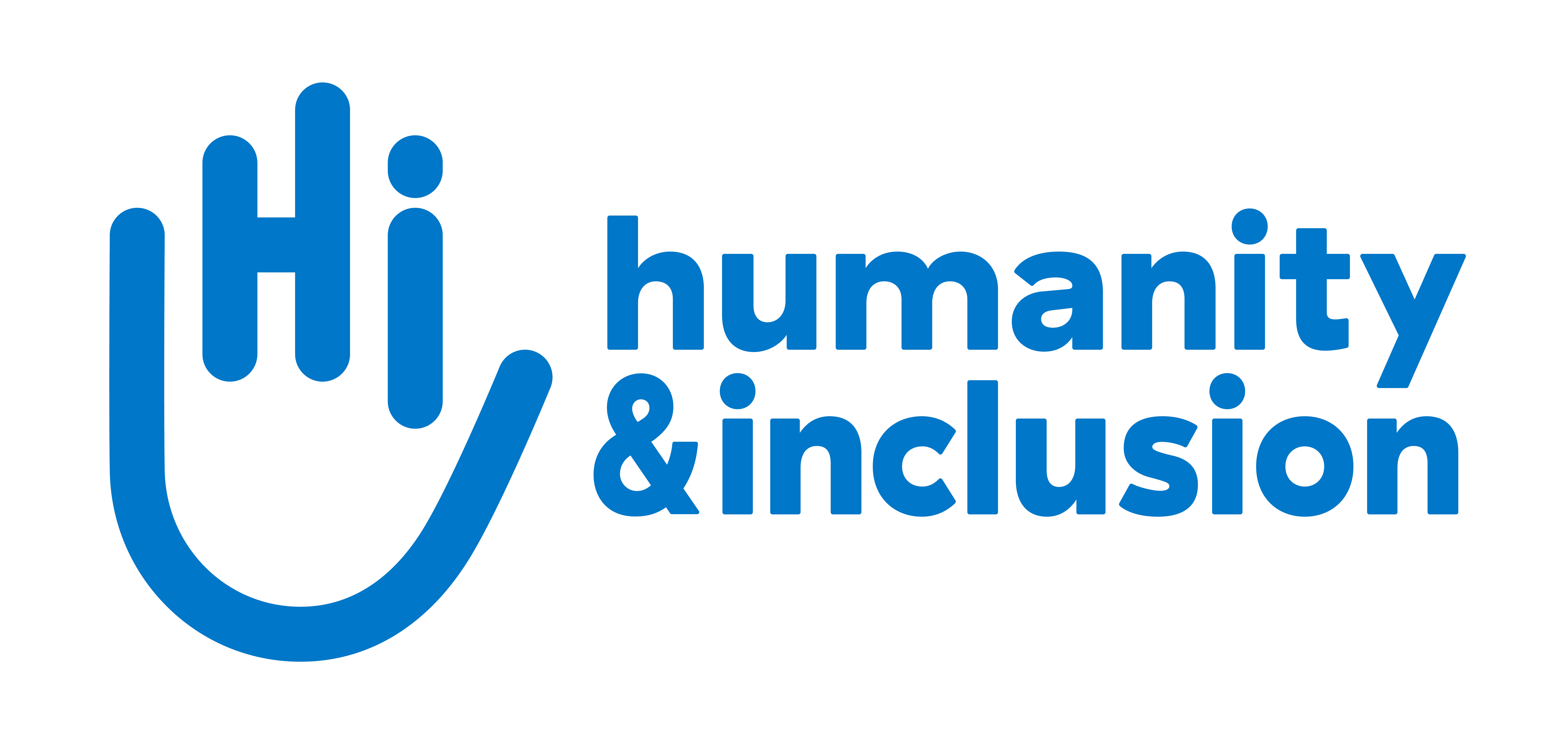Logistics support to improve access to humanitarian assistance
Handicap International’s logistics platform coordinator, Emmanuel Pajot, was sent in Bangladesh to tackle the transport problems currently hampering the distribution of humanitarian assistance in the district of Cox’s Bazaar, on the border with Myanmar. He hopes to provide humanitarian organisations with logistical solutions to improve the case-management of 600,000 refugees present in the sector.

Map from World Food Programme on the current humanitarian situation in the South east of Bangladesh | World Food Programme
“If you want to get to grips with the problems facing humanitarian organisations in Bangladesh, you need to have an idea of what the geography of Cox’s Bazaar is like. There’s really only one road, with a poor capacity, similar to a country road in Europe, running along an estuary from north to south, which marks the border with Myanmar. Refugees have settled along this road because this is where they hand out humanitarian aid.
We need to tackle two main problems: a lot of vehicles use this road, along which thousands of refugees have settled, so it’s very congested, which is making it more and more difficult to distribute humanitarian assistance. Second, people who have settled slightly further away from the roads often are not able to access the distributions.
To make matters worse, the rainy season has just begun. The roads flood easily, and the tarmac gets damaged very quickly – it’s something that happens a lot in this part of the world, where the weather regularly damages the infrastructure. This makes it even harder to travel around.
The northern end of this road, at the entrance to the estuary, is currently blocked up. Our strategy - which I hope to confirm on my field mission from Friday – is to deploy the transport of humanitarian assistance from the southern end of the district, where we plan to identify storage areas and teams of local transporters (river and road) all along this strategic route, heading northwards.
We want to supply humanitarian organisations with a logistics solution within a fortnight. My role in the field will be to analyse the infrastructure and transport capacities - pontoons, bridges, boats, lorries, etc. – and to identify potential service providers. In other words, I’ll be putting together a contact list.”





